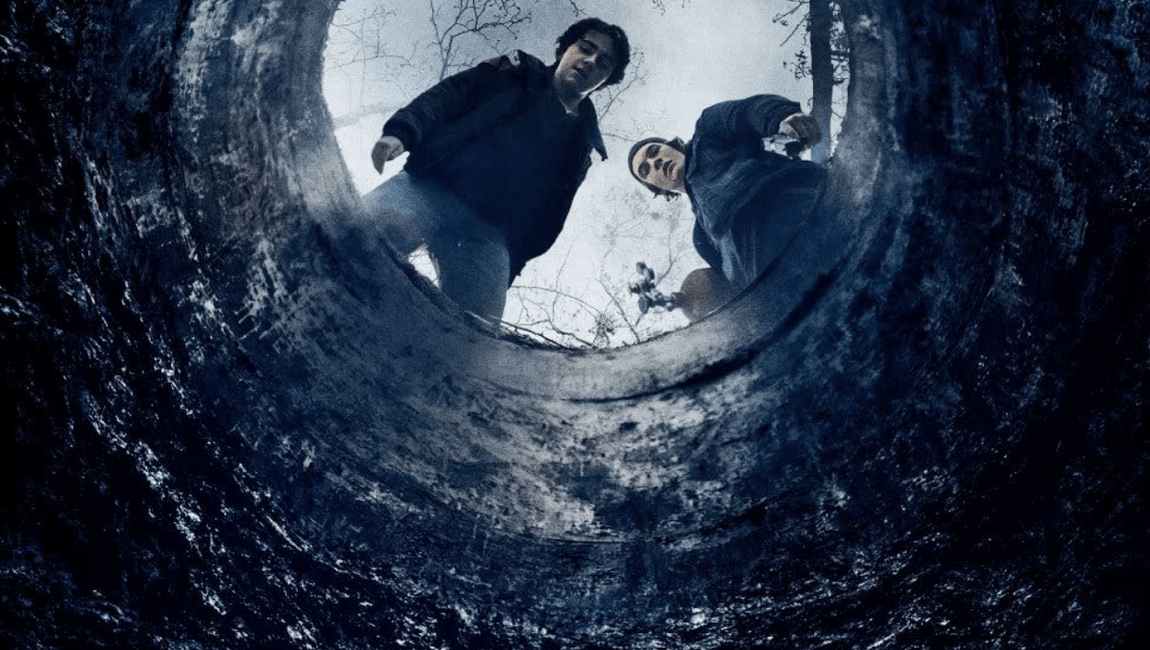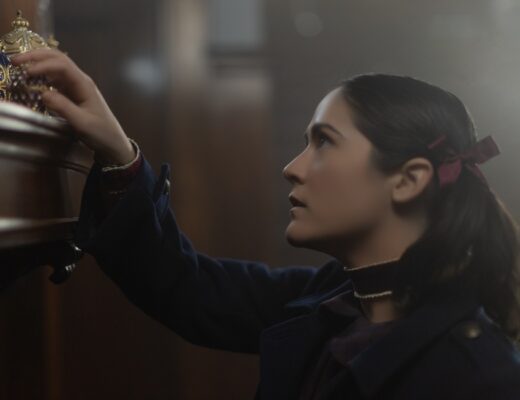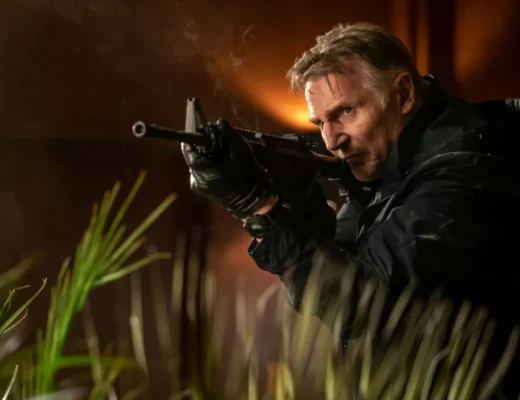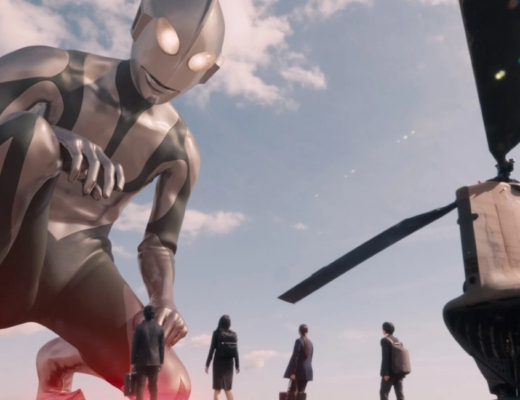Kimitachi wa dô ikiru ka, retitled The Boy and the Heron for the English-speaking world but better translated as How Do You Live?, is the fourth film to emerge from a string of ultimately pre-emptive retirement announcements from renowned Japanese animation director Hayao Miyazaki that began following Princess Mononoke and most recently with The Wind Rises. This tendency leads a certain rhetorical humor were the titular question, in its most simplistic sense, to be asked of the filmmaker: making films would appear to be the answer, and it would be the films themselves that expound upon the product of this seeming inability to stop. Miyazaki’s work is beholden to visions of life, suffused with a rich attention to the nation’s way of being — as chiefly filtered through the lens of its youth — and exploring the depths of its sense of self as it stands in relation to nature and history and the religious and political (and culinary) undercurrents that motivate it. The result is a filmography that cements the director as one of the undisputed masters of the cinema and any one work as a masterpiece suited for consideration as a definitive work.
In this sense, what of The Boy and the Heron? As reviews have been quick to mention since its release in Japan in July of 2023 and following its world premiere at Toronto International Film Festival in September, the filmmaker’s latest project has the sense of a summative work, picking up the threads of any number of his prior films (Castle in the Sky, Spirited Away, My Neighbor Totoro,The Wind Rises) and rewiring the focus in a manner suited to the question the original title asks, not in any dull sense, but much rather in a near howlingly existential fashion. In this respect, the film follows Mahito as he and his father leave Tokyo in 1943 following the death of Mahito’s mother in a hospital fire years prior. The evacuation is motivated by the father’s involvement in military manufacturing and keeping safe Mahito and his pregnant, soon-to-be new wife Natsuko (the mother’s younger sister). As the boy silently contends with his grief and indifference toward Natsuko, he is drawn into a time-bending magical world after his new mother’s abduction following the provocation of the titular heron. Cue an adventure that sends Mahito into a dimension located in the folds of reality wherein the life of each mother, ancient familial inheritance, and the intentions of cannibalistic parakeets are all at stake and serve as a perverse threat.
The nature of the film’s concerns are potent and stirring, not least considering the biographical details they appear to marshal from the director’s own early life during wartime and childhood fears over the health of his mother. It is, one can imagine, a set of memories and fears diffuse among the nation’s post-1940s generations. Within this, Miyazaki presents the country’s natural, or indeed imagined supernatural, world as challenging its human inhabitants in an indifferent if not mocking manner, deepening as a result the climactic scenes of the film with Mahito choosing to let all things past be and live into the future as it seems it will unfold and, ultimately, affirm himself and his life. The commentary herein appears to resonate well beyond the immediate terms of the film itself and into the searing and sorrowful recesses of individual, familial, and national memory with its existential provocation.
It’s a provocation surely felt from the film’s opening moments with its impressionistic depiction of its Tokyo hospital fire, as Mahito rushes through the city’s streets — passersby little but dark formless masses and flakes of flame spitting up to distort the frame — in order to reach what will be a primal scene. The sequence could easily be regarded as Miyazaki’s finest and is entirely sui generis to the film itself, as in most other respects The Boy and the Heron is a repository of self-reference to visual and story cues of past works and, resultantly, perhaps his most minor work yet. Not that this should be taken as criticism, as such pictorial and thematic alliteration is fascinating to see at work in the hands of a master who can wring new meaning out of any revisitation. Yet, to close with a gambit, a dynamic present within The Boy and the Heron may very well indeed be Miyazaki offering his own engagement with a spate of inter-dimensional and time-bending tendencies in Japanese animation that gained some prominence with Makoto Shinkai’s Your Name., and in its own way closing a loop of influence that leads back to himself. These films have similarly explored questions of escaping repetitious cycles and balancing a sense of individualism with national and natural fate; and it may be that here we have a declarative statement with regard to the difficulty, joy, trepidation, and relief that come in sitting comfortably with one’s own answer to that question that places us between being and nothingness: how do you live?
DIRECTOR: Hayao Miyazaki; CAST: (voices) Luca Padovan, Christian Bale, Dave Bautista, Gemma Chan; DISTRIBUTOR: GKIDS; IN THEATERS: December 8; RUNTIME: 2 hr. 4 min.







